Kosi Bay reef is one of the most unique and attractive snorkeling spots in KwaZulu-Natal. Located at the mouth of a river and surrounded by sandbanks, it is home to an abundant underwater life. This array of marine life has earned it the nickname “Aquarium Reef.” Moray eels, scorpionfish and a great diversity of colorful fish await you at this unique spot. If you are in KwaZulu-Natal, Kosi Bay reef is well worth the detour.
This spot has been added by
Remora
1 spot added - 15 photos shared
Last updated on
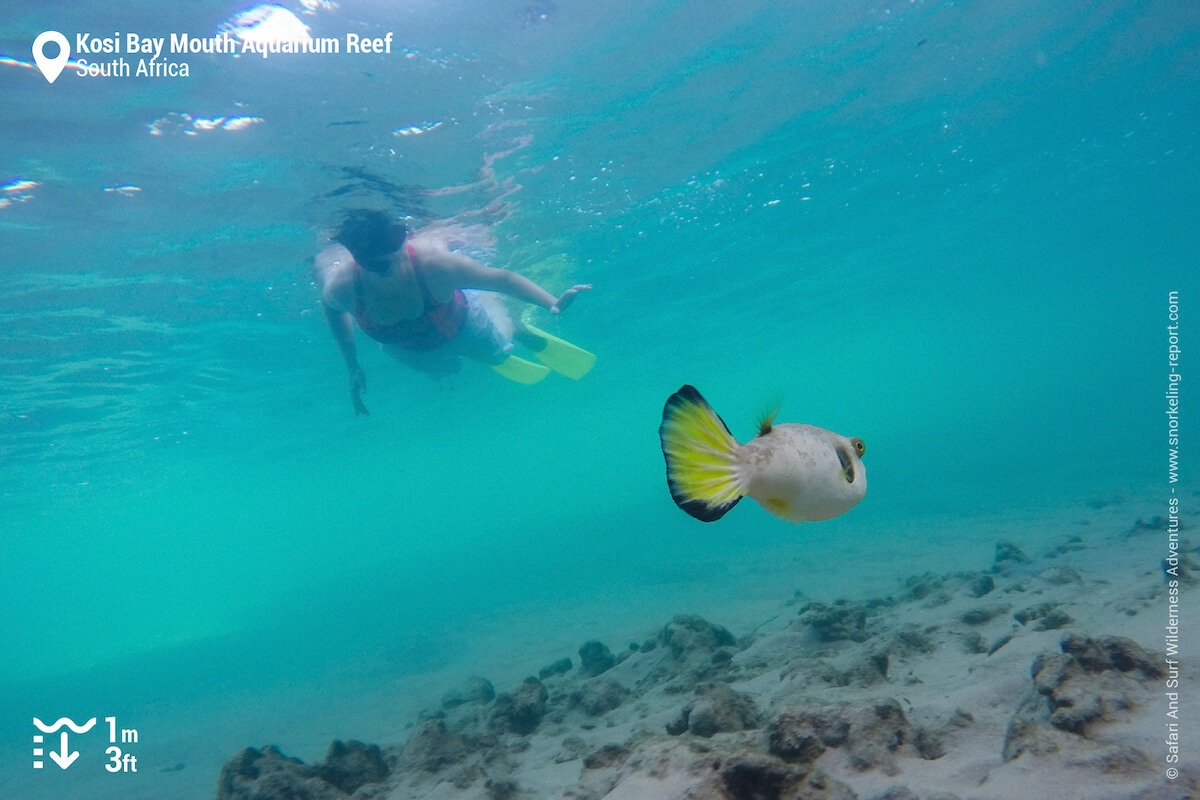
How to get to the Kosi Bay Mouth snorkeling spot
Kosi Bay is located at the far north of the east coast of South Africa, a few miles from the border with Mozambique. If you don’t have your own vehicle, you will need to rent a car to get to this remote location. Once at the bay, go to the entrance of the nature reserve. The park entrance fee is R50/adult (R25/children), +R50/vehicle, +R5pp. community levy (2021). Gate entry times are 6:00 to 18:00.
The entrance gate is accessible by any car, but from the entrance gate to the mouth of the river a 4×4 vehicle is required. You can also walk the approx. a mile and a quarter to the river mouth. Many nearby lodges also offer 4×4 transfers to the mouth. From the car park at the mouth, a short walk and wade through the water are required to get to the reef.
Guided snorkeling tours, such as those offered by Safari & Surf, can also be a great option to explore the spot with expert marine guides.
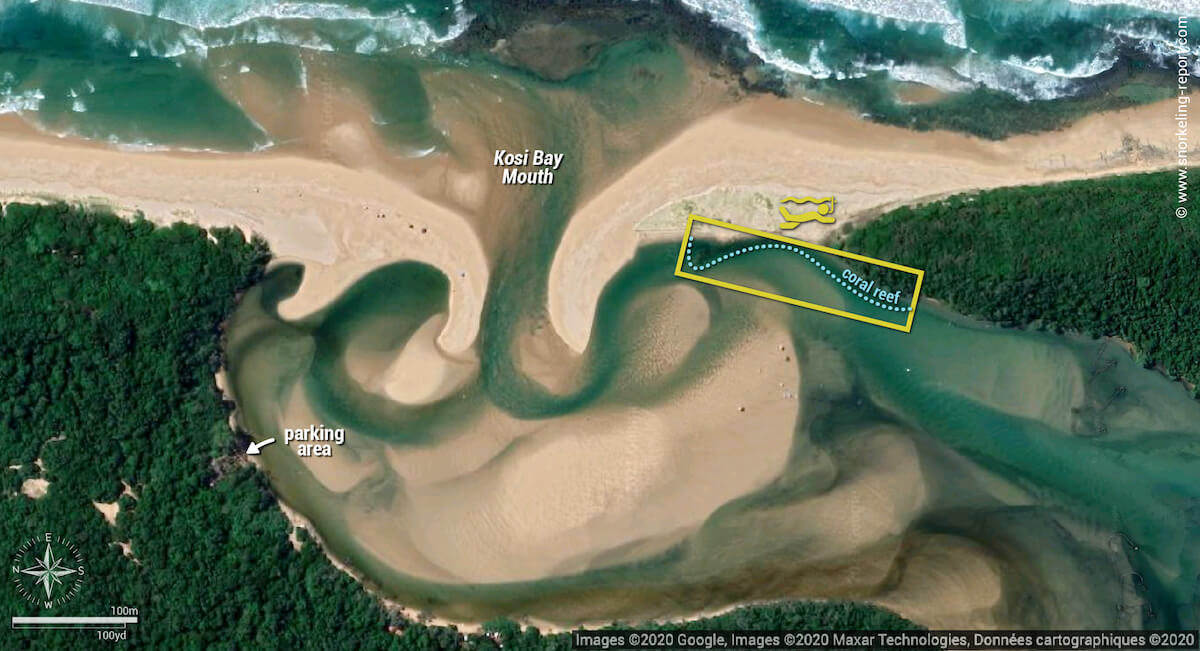
Water entrance for snorkeling Kosi Bay Mouth
Enter the water from the sandbank facing the reef. It’s best to snorkel at high tide because the water pushing in from the sea increases visibility and currents are not as strong.
Kosi Bay Mouth snorkeling exploration tips
Enter the water at the edge of the reef and swim above it from one edge to the other. The water depth varies with the tide but is not very deep, just deep enough to comfortably glide above the reef.
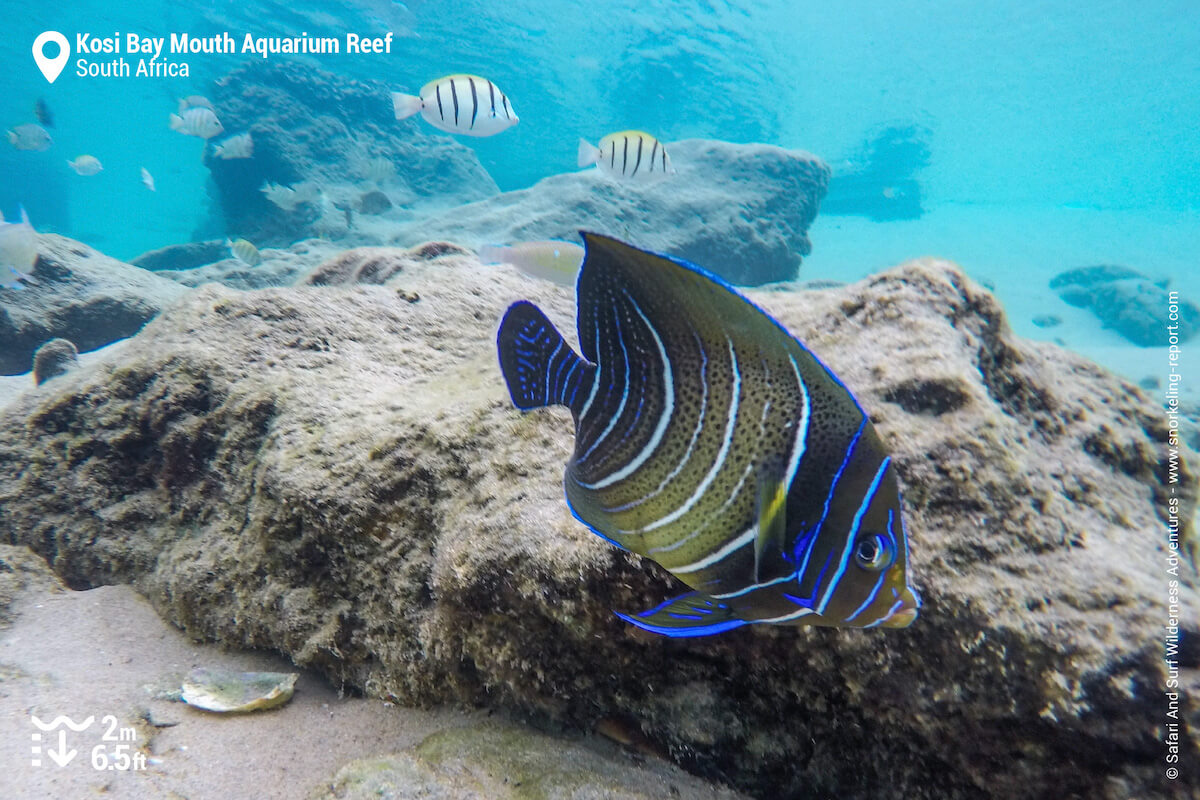
Snorkeling along the reef, you will come across many different fish. Lagoon triggerfish, masked bannerfish and convict surgeons are very common around the reef. You might also find moray eels, spotfin lionfish and Indian Ocean lionfish, two very similar species. Huge schools of snappers and grunt also shelter in the deeper areas.
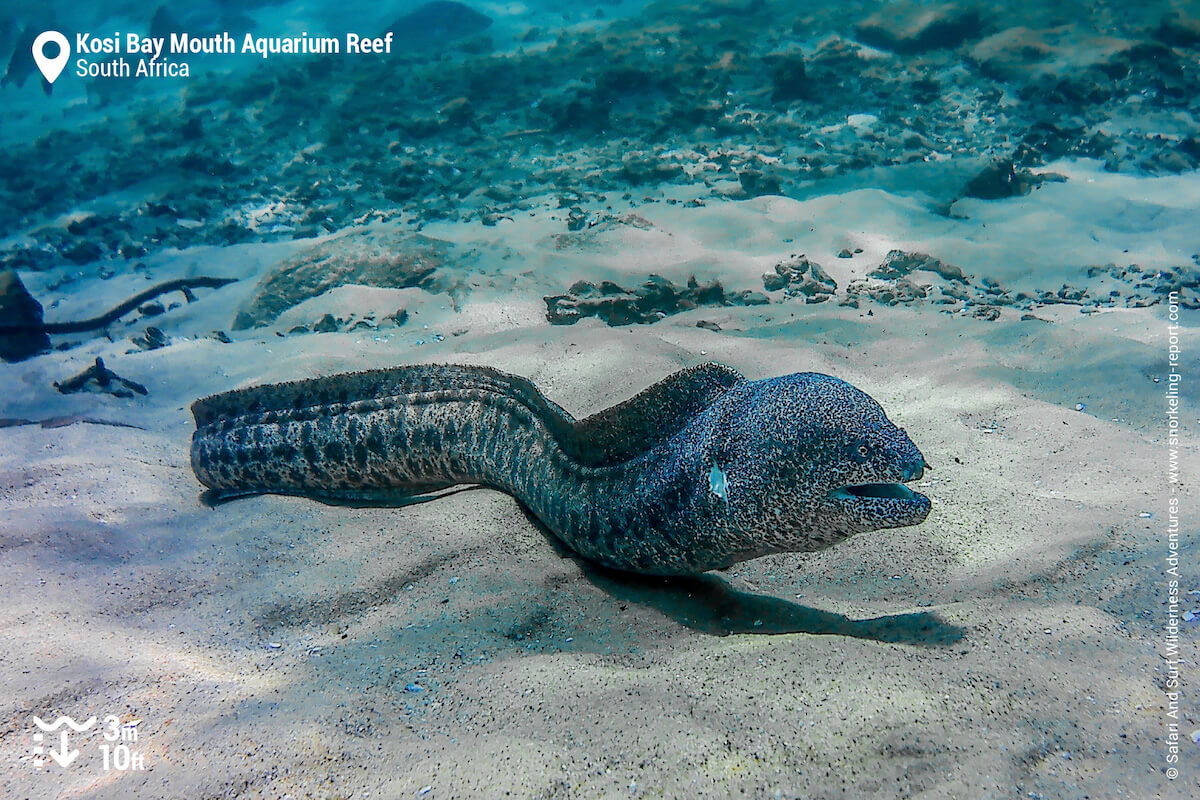
Make sure you watch out for the currents which become stronger at low tide. Other than that, it is a very easy snorkeling spot and good for beginners.
Restaurants and accommodation nearby
Several lodges and campsites are available near the gate.

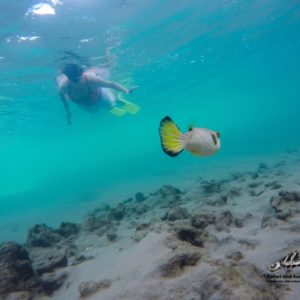
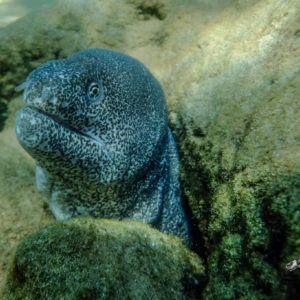
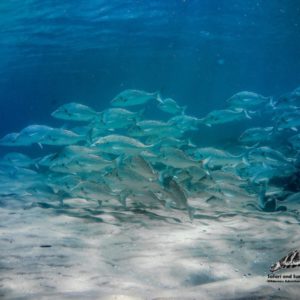
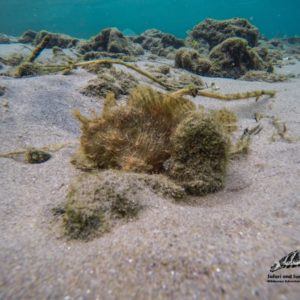
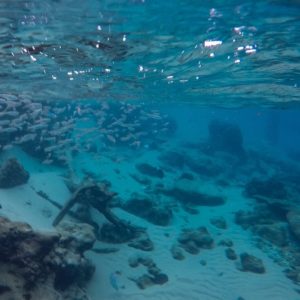

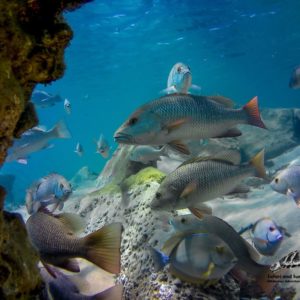


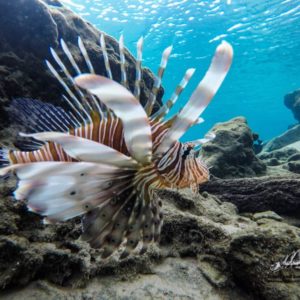
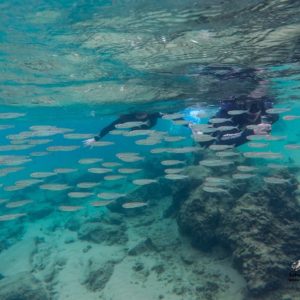
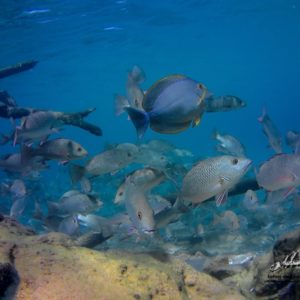
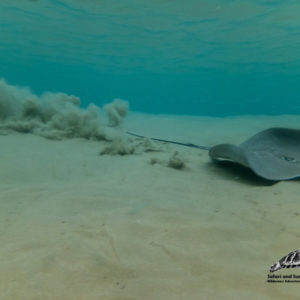
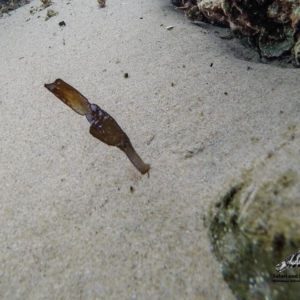
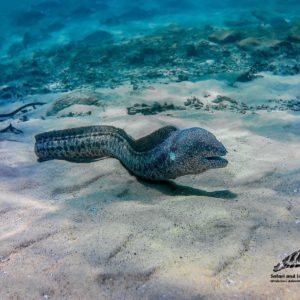

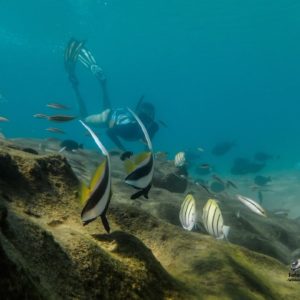
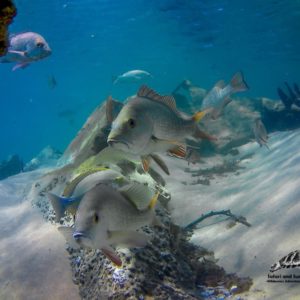
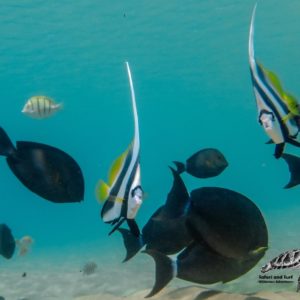
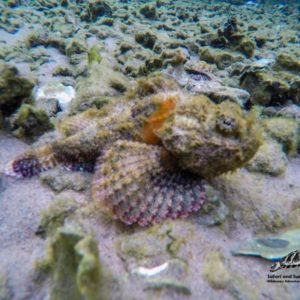
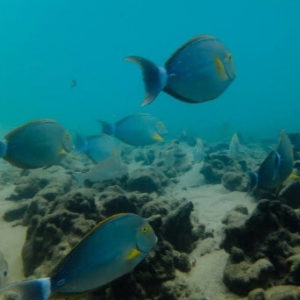
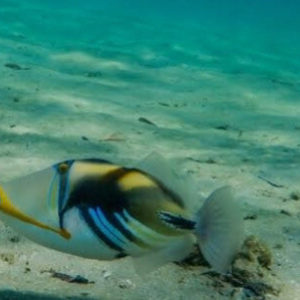

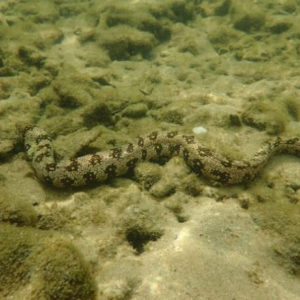
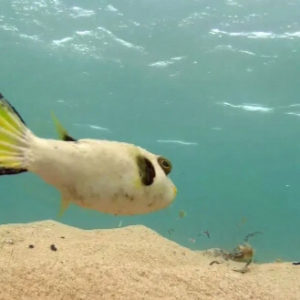
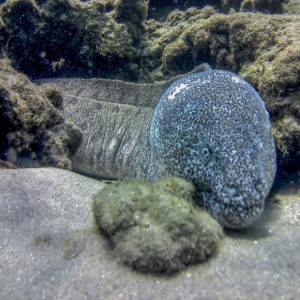
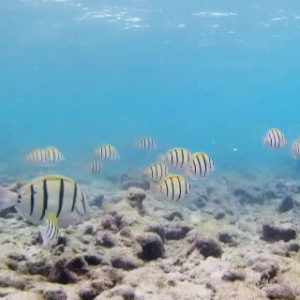
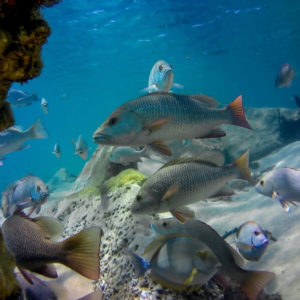
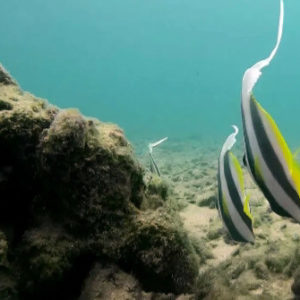
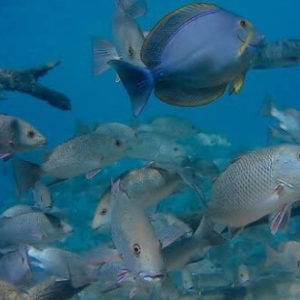
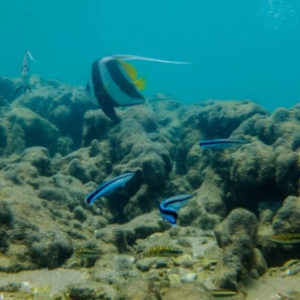

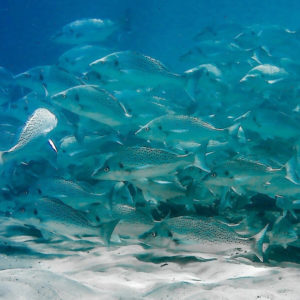


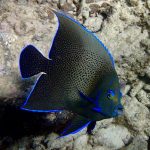
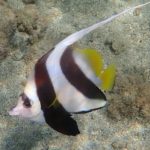

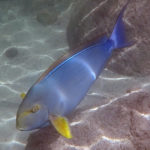
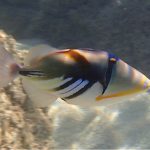
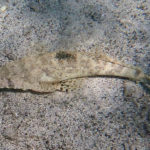

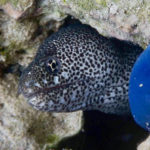
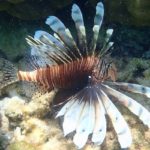
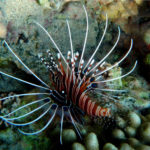
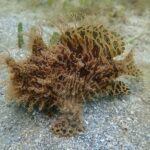
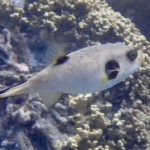
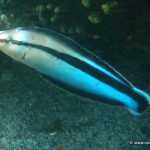
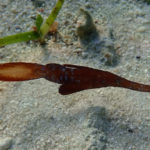
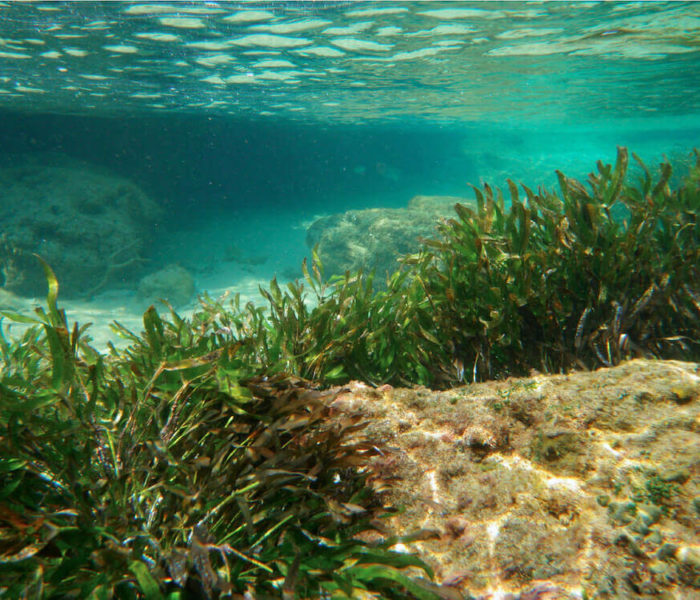
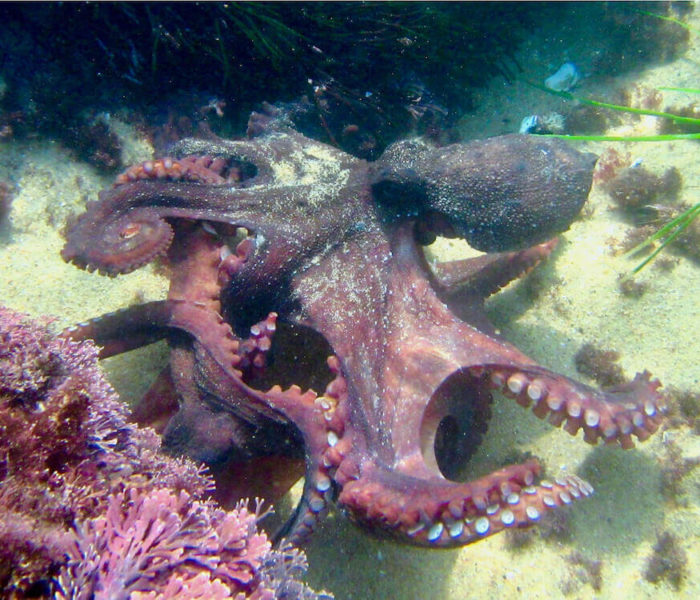


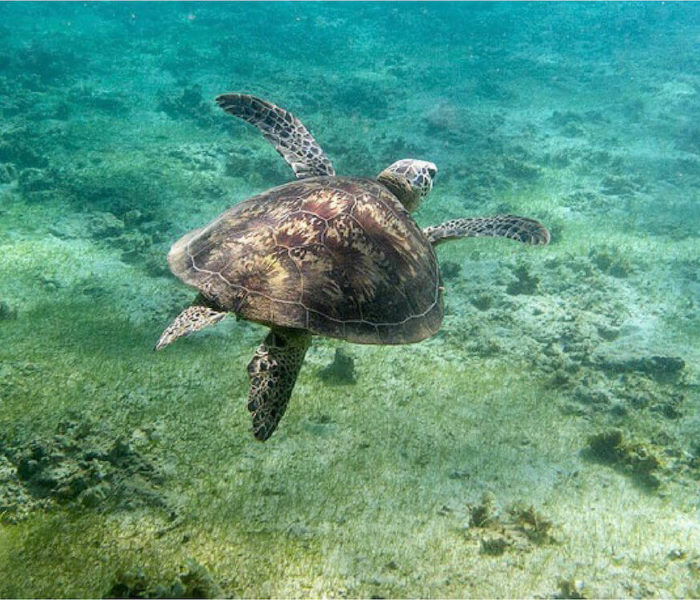
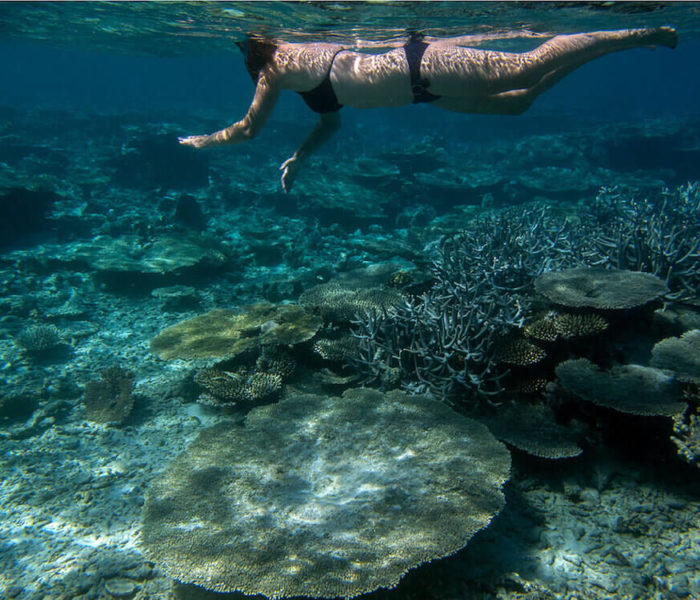
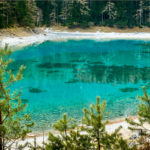
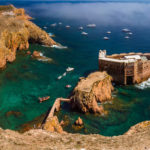
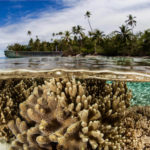

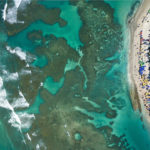
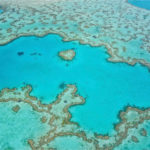
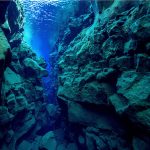
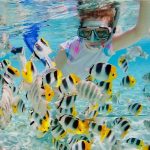
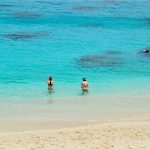
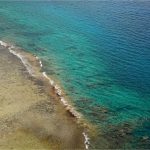
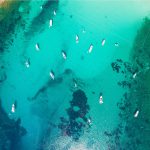
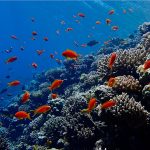
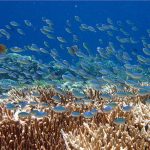

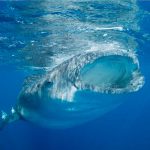
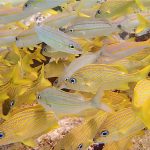
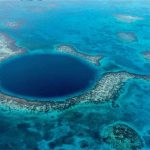
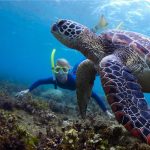
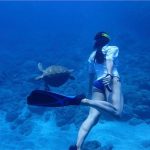
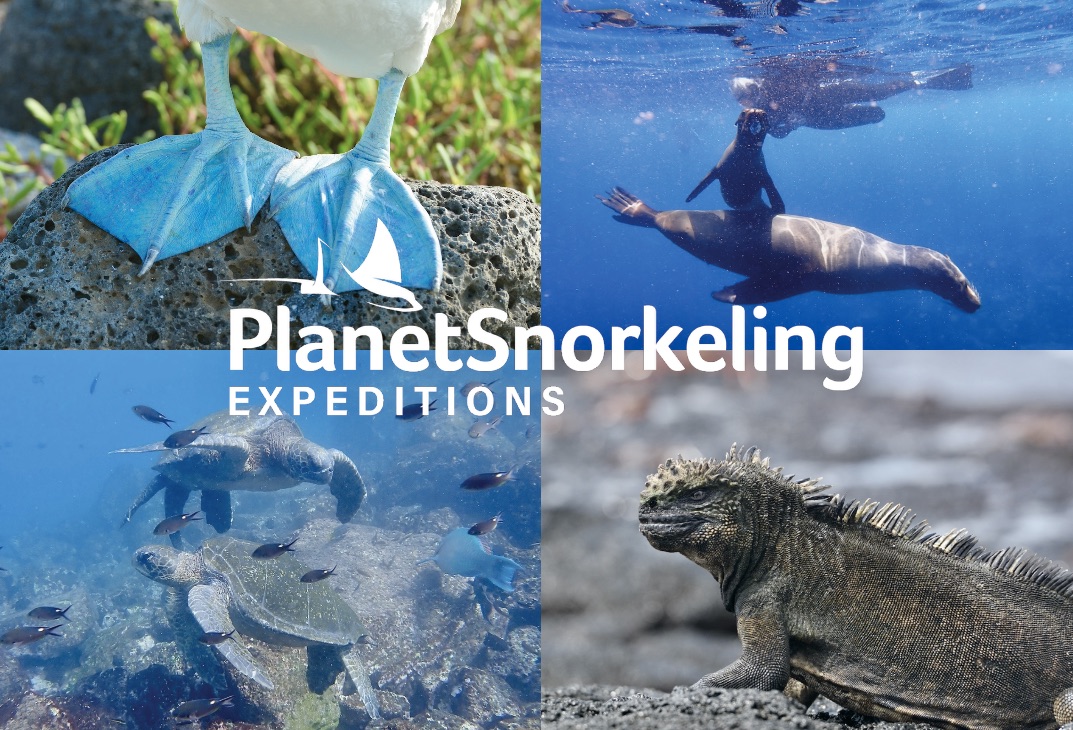
Comments